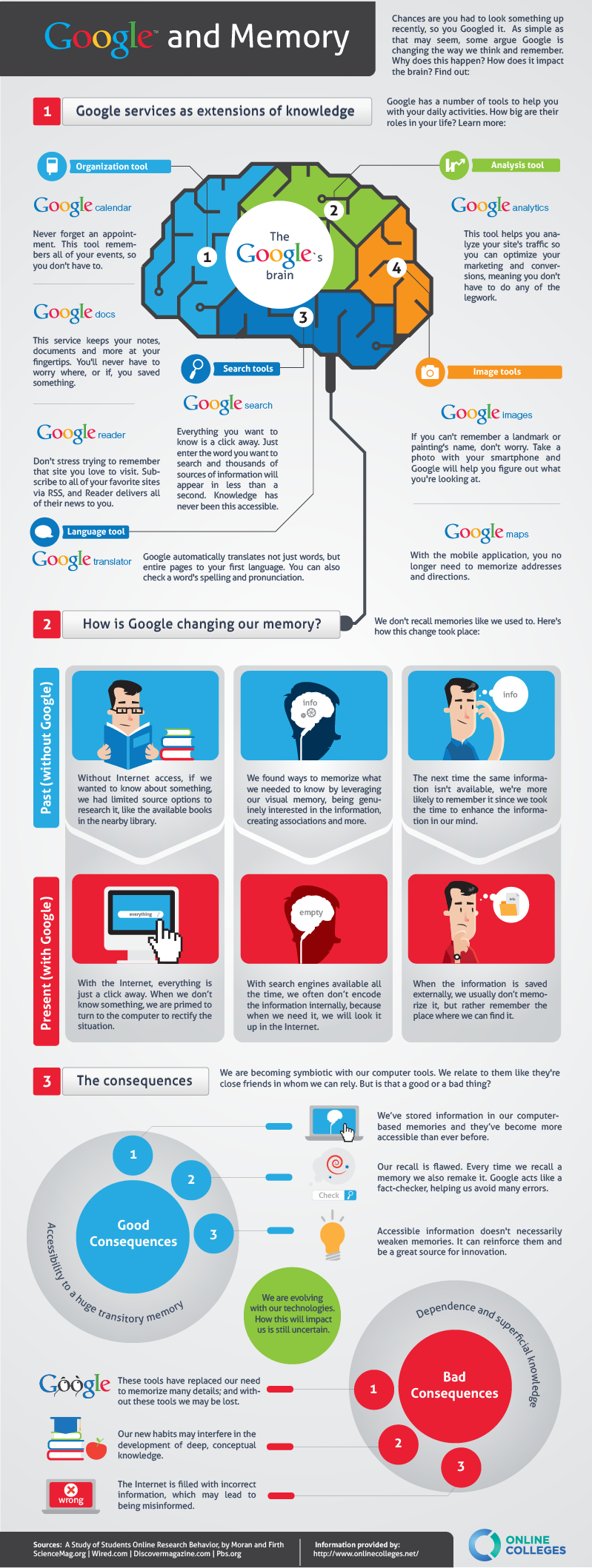 Who said spelling wasn't important?
Who said spelling wasn't important? My students were doing an assignment the other day on interpreting lyrics. Many of them wrote something like, "Many people think the song is about heartbreak...." few of them wrote it correctly. I kept getting students who wrote, hard or hearth instead of heart. So, here's a quick visual I set up to help them remember
 |
| These are "hearth" hats
|
A hearth is
The arrow in the picture to the right is pointing to the hearth.
 It isn't a word we use a lot in English, but if you ever read Cinderella they talk about the hearth.
It isn't a word we use a lot in English, but if you ever read Cinderella they talk about the hearth. Hard has different meanings. It can mean difficult, or not soft.
Hard has different meanings. It can mean difficult, or not soft. |
| This is a "hard" hat |
This is a word we use a lot in English so you should be sure you can recognize it and pronounce it properly.

 |
| This is a "heart" hat |
However, we also use hearts to mean love.
The easy way to remember this is the hEARTH has the earth (ashes) in it, harD is for diamonds, and there's lots of art with heARTS.
Hopefully that makes your students have a less confusing Valentine's day. After all, sending a note that says, "I love you with all my hard" just doesn't send the right message.
 |
| A dog massage |
 |
| A dog message |
Speaking of message, as another teacher pointed out be sure your students know the difference. There are two pictures of dogs here. One, is a dog with a massage. The other is a dog with a message. Mixing them up and promising to "massage" someone instead of message them could be a bit awkward!











